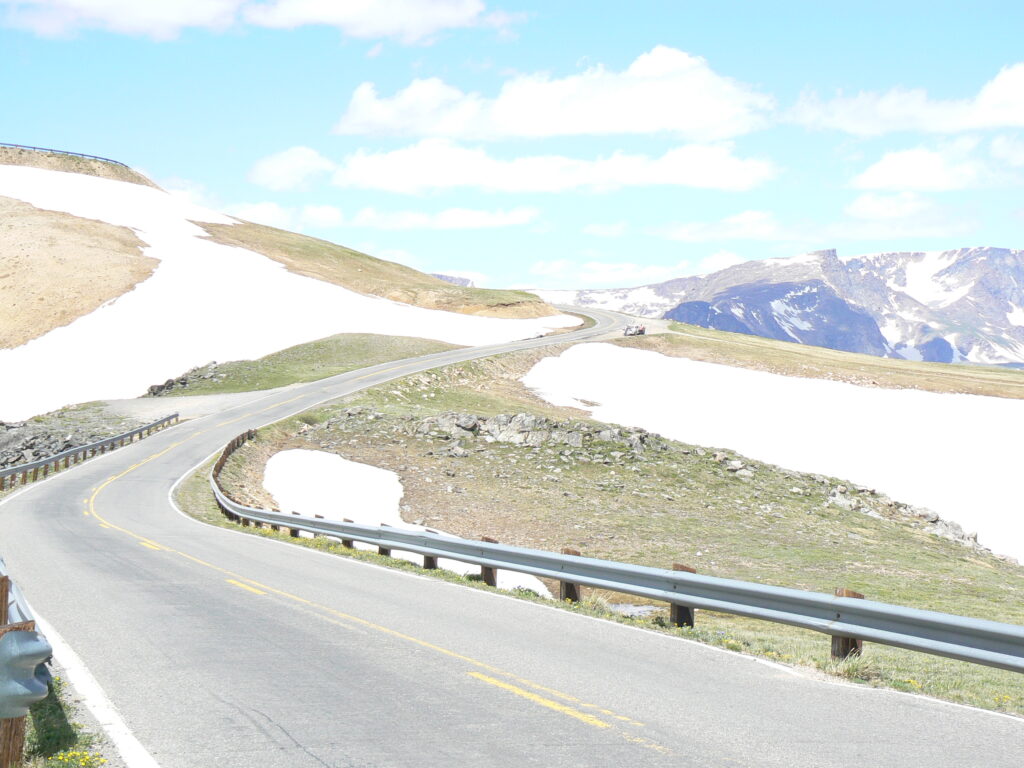By Dana Benner
I was just remembering past trips I have made and the people I have met along the way and my trip to Wyoming came up. When that story came up I pulled out a bottle Pendleton whiskey, a bottle I had put away for special occasions, and drank a toast. Why? Well because it was on this trip where I learned that “survival” was all about living life. Why Pendleton? Because Pendleton is the official whiskey of the Professional Bull Riders (PBR) and the Professional Rodeo Cowboys Association (PRCA). You will see the connection as I go on.
In the survival genre, we all spend way too much time worrying about what could happen. We spend tons of money on stuff we may never need. Survival is all about staying alive, but what is the point if you aren’t truly living life? There is a difference between surviving and living.
The idea of “living life” means different things to different people. For me, it means constantly learning new things, new experiences and testing yourself. It is about stepping outside of your comfort zone. It was in Wyoming where I found this was just a normal way of life and I experienced this in more ways than just one.
I was in Wyoming covering a few stories and during my 10 days there I drove the Beartooth Highway in Montana, visited Yellowstone National Park, went to the Cody Stampede and traveled to Lander, where I searched for wild horses in the Red Desert. My base of operations for most of my trip was a working horse/mule ranch located between Cody and Yellowstone. I have since found out that the ranch closed permanently during the Covid-19 pandemic. Too bad, because it was a great place.
I am no stranger to putting myself in questionable situations, but I have to say that my drive on the Beartooth Highway in Montana ranks right up there. Located between the towns of Red Lodge and Cooke City, this route is a white knuckled ride on a road of steep switchbacks that rises from 5,000 to 10,947 feet, much of it without the benefit of guardrails. I would be amiss if I was to say that this ride was no big thing. I admit that my heart was racing a bit as I crested the top, but as I gazed around me I never felt more alive. My reward was beautiful alpine lakes, views of the Absaroka-Beartooth Range and being able to look down at a Golden eagle as it soared. This was living.
By far the most eye opening experience for me was the two days I spent at one of the premier rodeo events; the Cody Stampede. Over the years I have done and seen many things, but nothing prepared me for the Cody Stampede. My press credentials gave me behind the scenes access. I got to see the participants interact with the animals, each other and with their families. The question I have always had was “Why would anyone willingly try riding a 2,000 pound animal that wants to kill you?” Some may say, “It is their job”, but it is more. Sure there is a nice paycheck if you finish at the top, but not everyone gets paid at the end of the day. I learned that these men and women are not driven simply by the money. If it was, then they could simply have a typical job, like many other people. No, there is something else at play here. Rodeo is a lifestyle; it is living life to the fullest and it makes getting up in the morning worthwhile. How many people can say that?
You don’t need to ride a bull or drive a mountain road to experience what it means to really live life. For some it could be piloting a sailing ship or scuba diving. It could be simply jumping on your Harley or spending quality time with your grandchildren. Whatever it is, you need to stop worrying about those things that you cannot control. Yes, survival is all about being prepared to handle those emergency situations and doing what it takes to keep your family alive, but it doesn’t mean to stop living; to stop enjoying life. If you do that, then survival really means nothing.
ABOUT DANA BENNER
Dana has a BA in History and Native American Culture and his M.Ed. in Heritage Studies. He teaches History, Sociology and Political Science at the college level. He has been writing about all aspects of the outdoors, and survival culture for 30 years and his work appears in regional and national publications such as Backwood Survival guide, American Outdoors and others.






